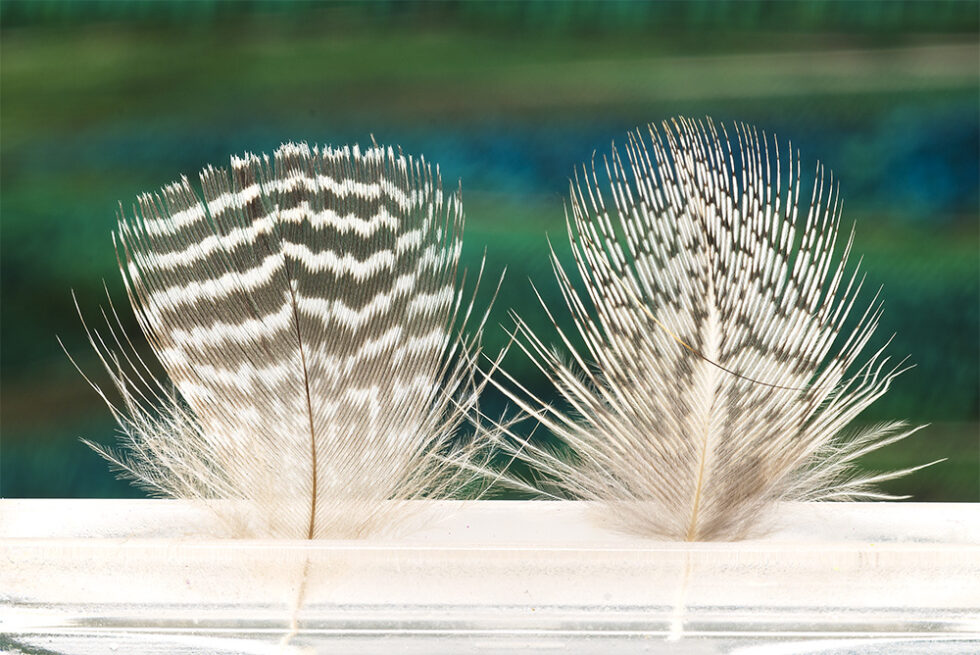
Feathers play a crucial role in fly tying, adding life and allure to our creations. For years, the partridge has been a popular source of feathers for tying wet flies. However, the decline in partridge populations due to various factors has presented challenges for fly tiers. In this article, we explore an alternative option that deserves more attention from anglers – the remarkable feathers of the Teal Duck.
The Plight of Partridges:
In recent years, the partridge, once abundantly available, has faced threats to its habitats and populations. Predators, pollution, and intensive agriculture have taken their toll, making partridge feathers increasingly rare and difficult to procure. With protective measures in place across various regions, the traditional source of partridge feathers has become less reliable.
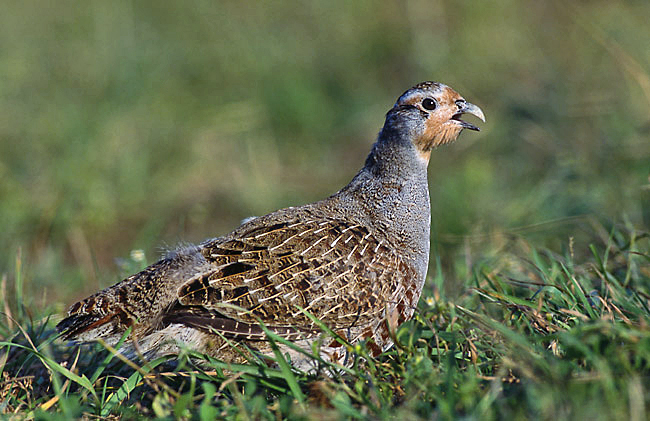
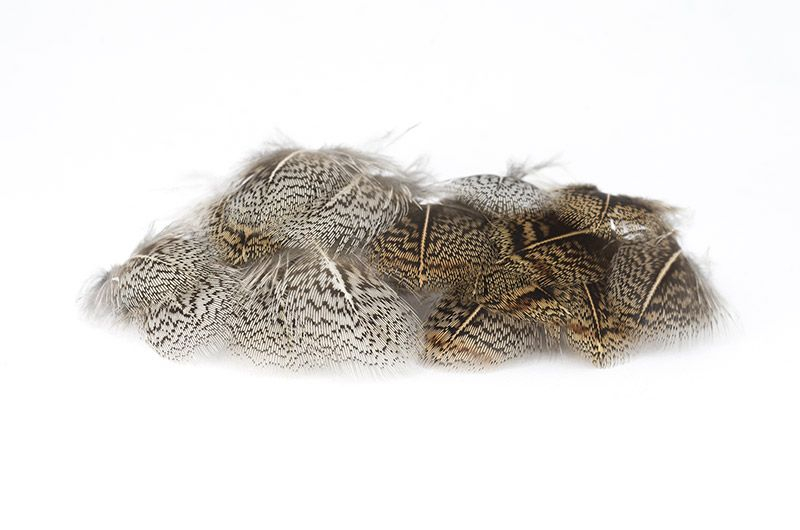
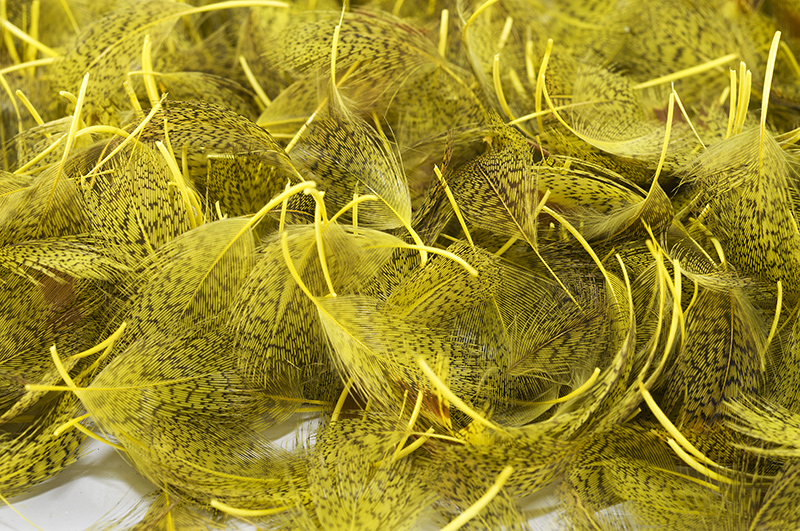
Discovering Teal Duck Feathers: Amidst the challenges, a ray of hope emerges in the form of Teal Duck feathers. As we ventured into exploring alternatives, we stumbled upon the impressive qualities of these feathers. While initially considering them for larger flies like salmon, lake trout, or sea trout, we soon noticed their unique attributes that make them equally valuable for smaller hooks.
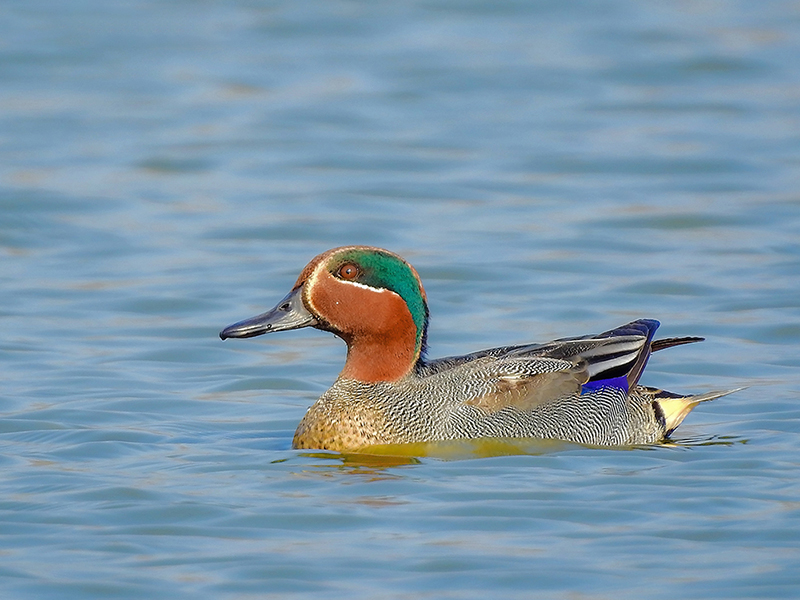
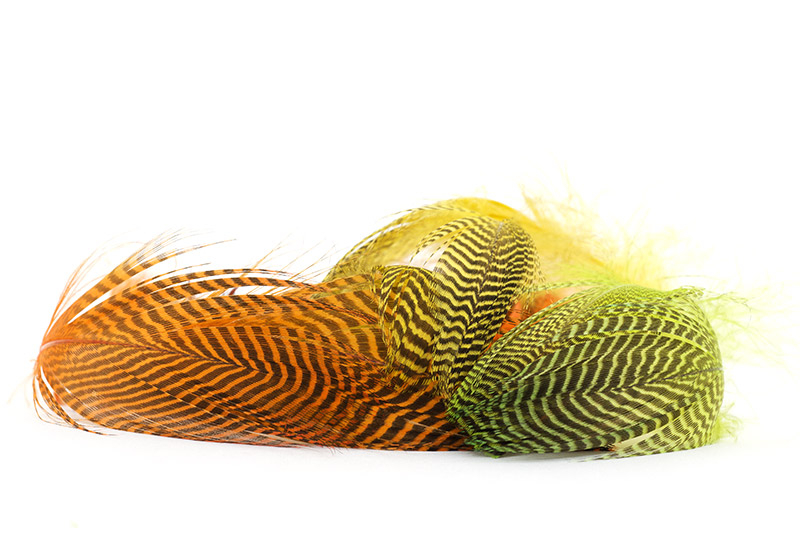
Unveiling the Unique Anatomy:
Teal Duck feathers exhibit a distinct “anatomy” that sets them apart. The feathers in the chest and neck area, particularly noteworthy, possess a straight tip, offering barbels of varying lengths. This arrangement allows for versatile applications, with shorter barbels towards the tip and longer ones near the base of the stem.
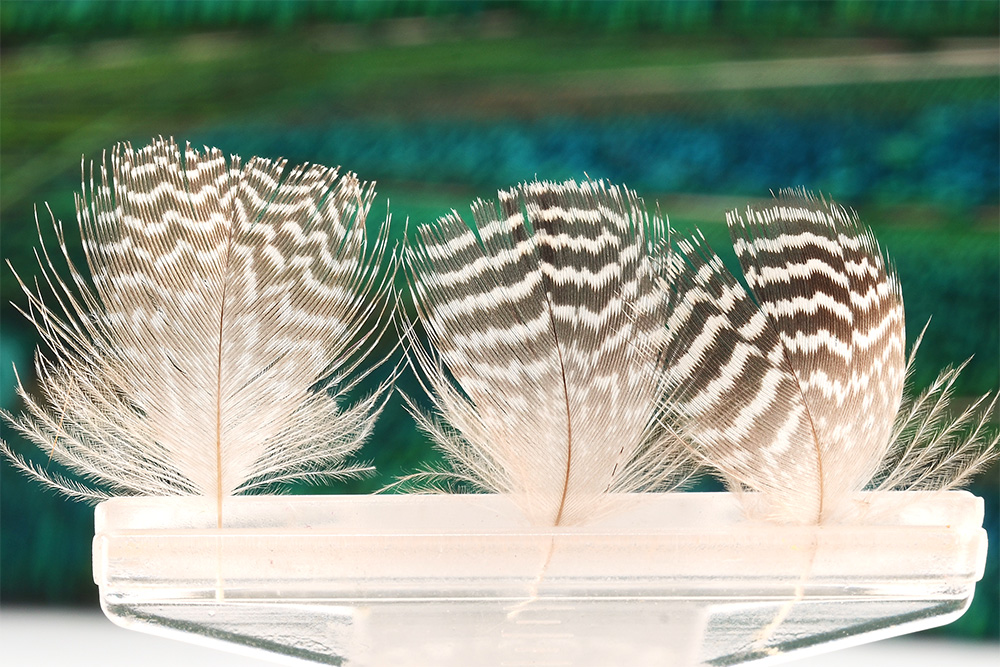
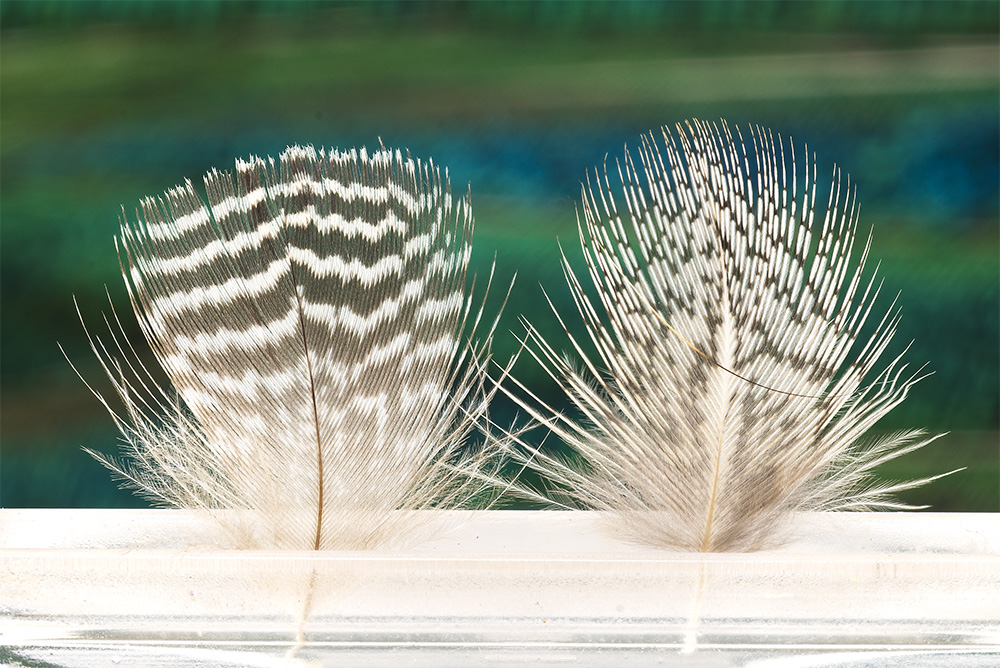
Advantages Over Other Options:
Compared to other alternatives like Partridge feathers, Teal Duck feathers outshine in several aspects. Partridge feathers are oval with almost uniform barb length – usually too long to use on hooks smaller than #14. The small feathers from teal Duck are, in my opinion, much better because you can tie them on small hooks. Moreover, their design and pigmentation are more pronounced, exuding a captivating aesthetic that adds vibrancy to your flies. Unlike the pale hues of partridge feathers, Teal Duck feathers make a visually striking statement.
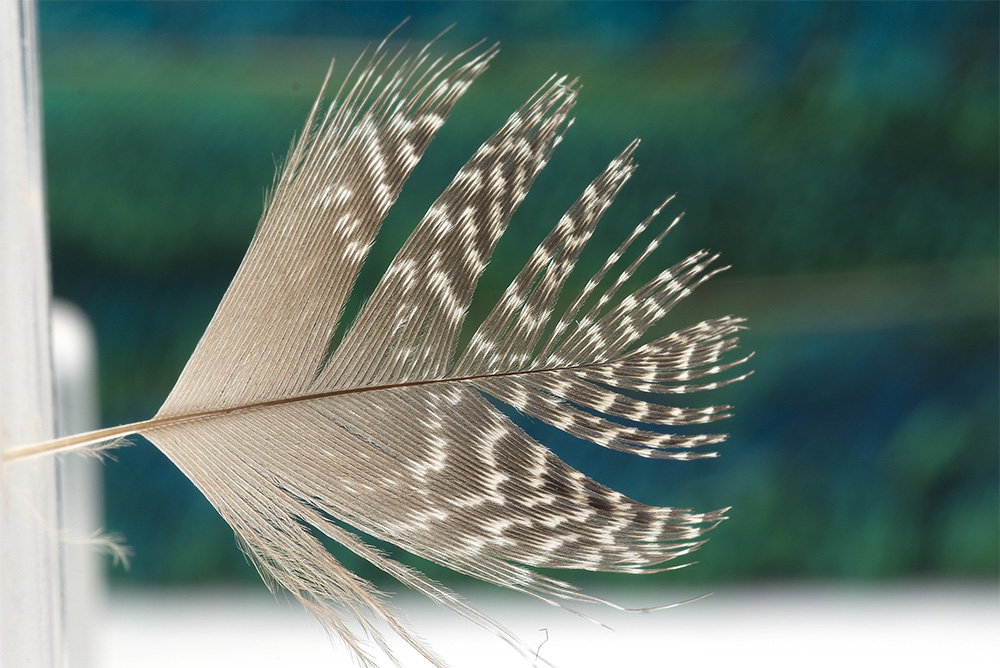
Conclusion:
In the ever-changing landscape of fly tying materials, adaptation is key. The partridge may face challenges, but the beauty and allure of feathers persist. Our world is incredible, we currently have resources that, 30 years ago, we didn’t even think we would be able to access. But just as well, we must take care of resources and look for alternatives that do not endanger the environment and endangered species.
In the face of diminishing partridge availability, it is vital for anglers and fly tiers to explore and embrace alternative feather options. Teal Duck feathers present a promising alternative, offering versatility, visual appeal, and accessibility. By widening our horizons and acknowledging the value of these feathers, we ensure the continuity of our beloved craft.
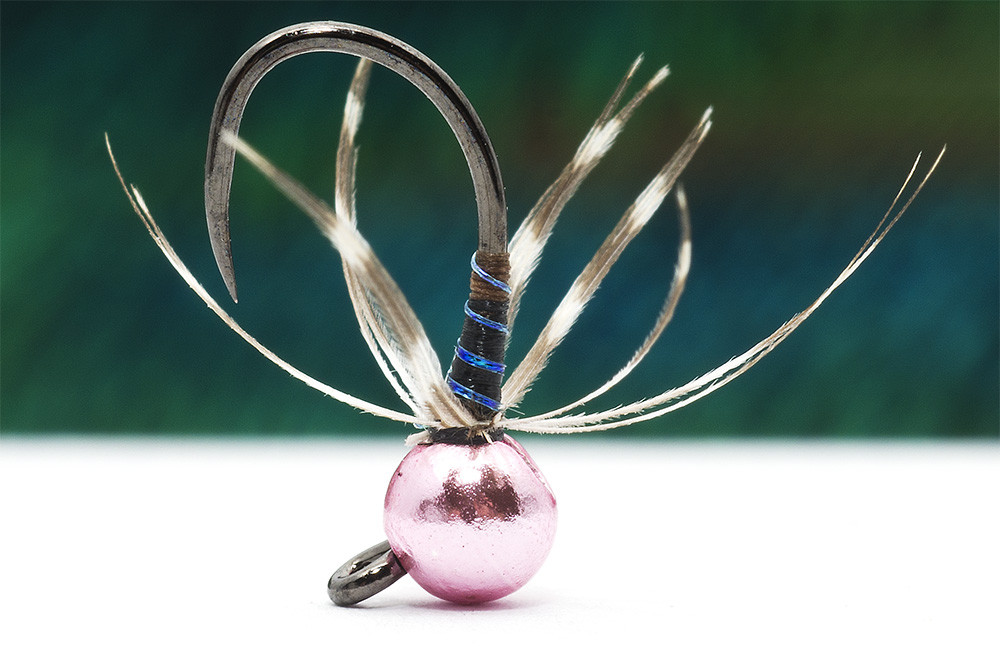

June 21, 2023
Wow they look good ,I will investigate .In some cases the partridge fibes are too long and shortening/cutting them looks so un natural